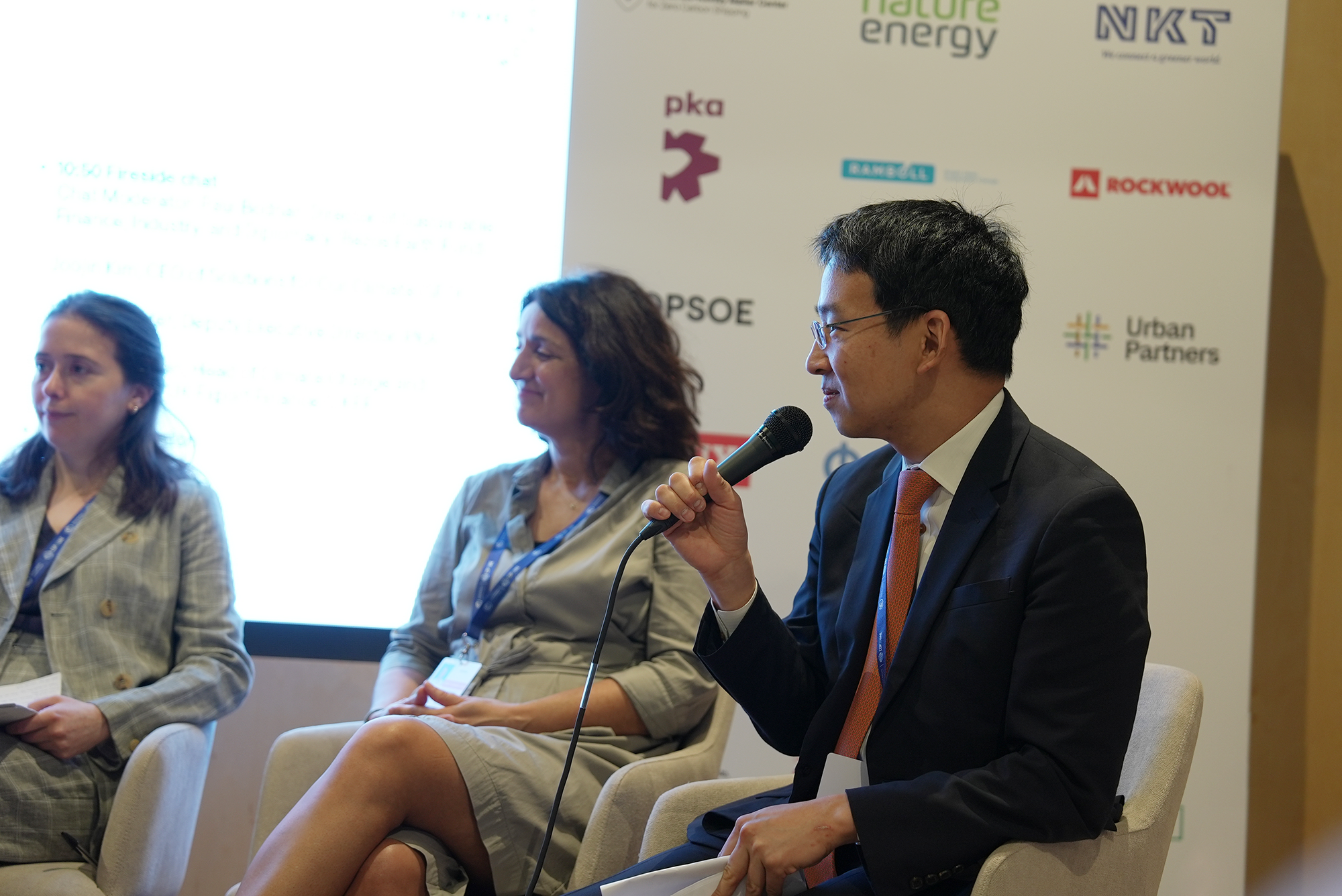
About
Reviewed by Dongjae Oh (Gas Head) and Rachel Eunbi Shin (Lead of Energy Supply Chain/Shipbuilding)
Executive summary
This report updates our analysis of the liquefied natural gas (LNG) shipping capacity outlook. We look at the shipping capacity required for future LNG trade under the International Energy Agency’s (IEA) latest scenarios, published in October 2023, along with recent order books for LNG carriers.
The shipbuilding industry contributed to enabling what the IEA nicknamed the gas “golden age”: from 2010-2022, global liquefied natural gas (LNG) trade surged by 73%. The pace of new orders and construction is not slowing down. In 2024, 2025 and 2026, 251 carriers with a total of 43 million cubic metres (m3) of shipping capacity are projected to be delivered – 38% of the capacity in operation as of 2023. While there were 64 orders for carriers in 2023, the first five months of 2024 alone saw 55 new orders placed.
We find a massive oversupply of LNG shipping capacity now and into the future under all IEA scenarios. Under the IEA’s Net Zero Emissions (NZE) pathway that aligns with the goal of limiting global temperature increase to 1.5°C, no new LNG carriers are needed. With the orders on the books and deliveries scheduled in the next few years, the oversupply in 2030 in this scenario is projected to be equivalent to over 400 modern carriers.
Even under the IEA’s more conservative, STEPS scenario, aligned with current private sector momentum and policies already adopted by governments around the world, an oversupply of LNG shipping capacity is evident. This surplus exists today and is projected to grow. By 2030, the excess LNG shipping capacity is expected to reach 40% of the operating capacity as of the end of 2023; the equivalent of 275 carriers.

The glut of new LNG carriers coming online in the near future following the recent intense influx of order will push the market into oversupply, risking stranded assets and locking in capital for purposes at odds with the global energy transition.
Two countries will build the overwhelming majority of LNG carriers to come online: China, and South Korea, with the latter taking up the vast majority of the industry. The discrepancy between the narrowing, yet still viable, path to limiting warming to 1.5°C and the surge in orders for LNG carriers creates multiple risks for the global energy transition and the stakeholders involved in the market. As the energy transition accelerates, investing in fossil fuel transport capacity represents a risky and shortsighted gamble for investors, shipbuilders, and shipowners.
Related Contents
[Insights] Floating Pipelines Fuelling the Fossil Fuel Crisis: LNG Carriers
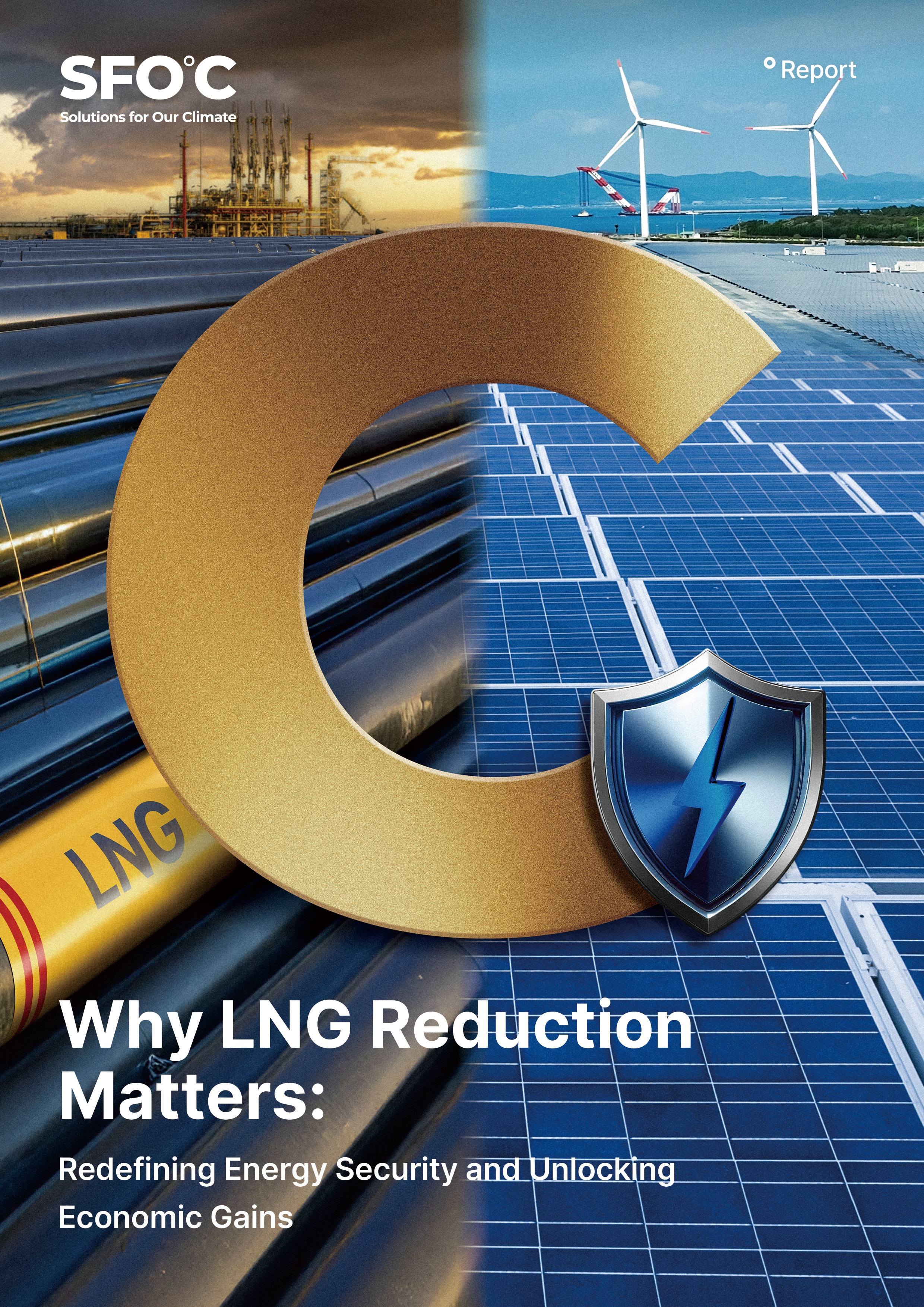
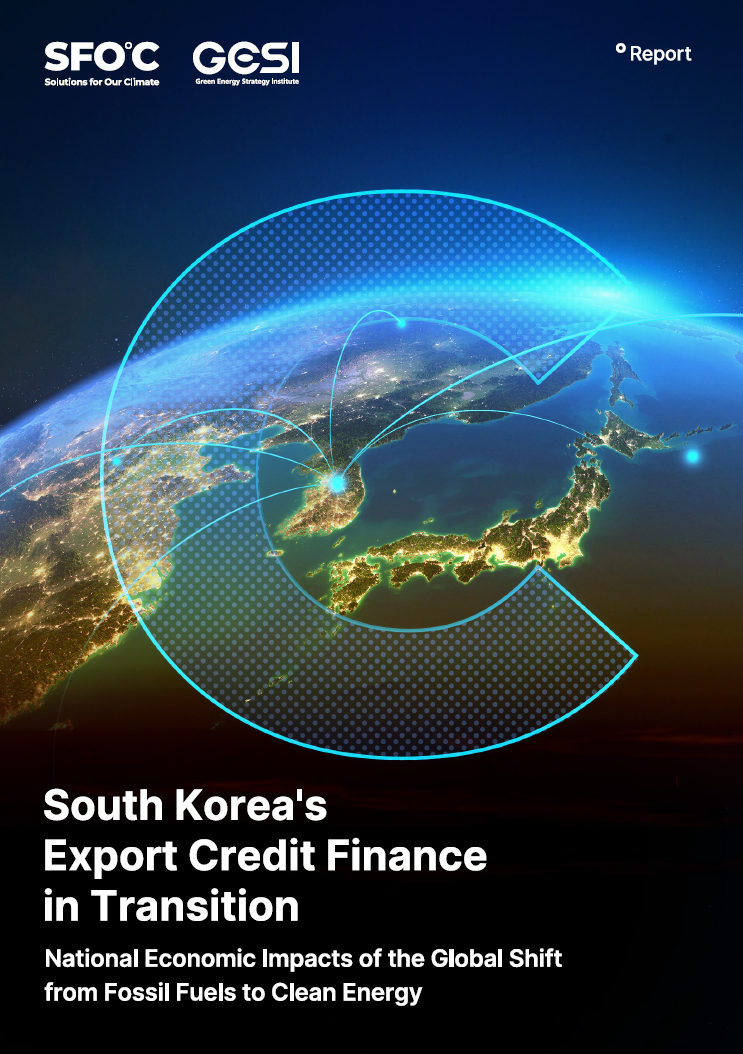
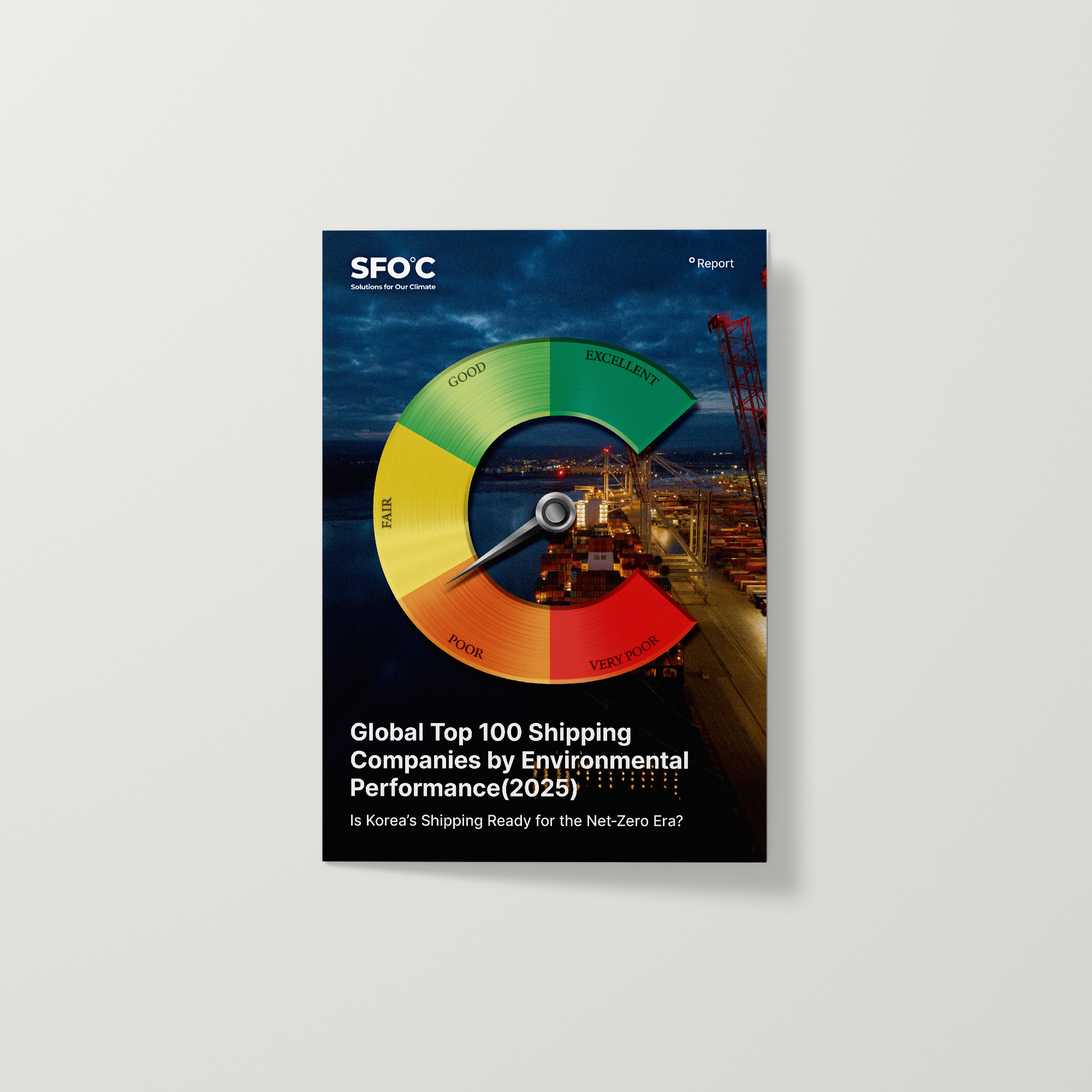
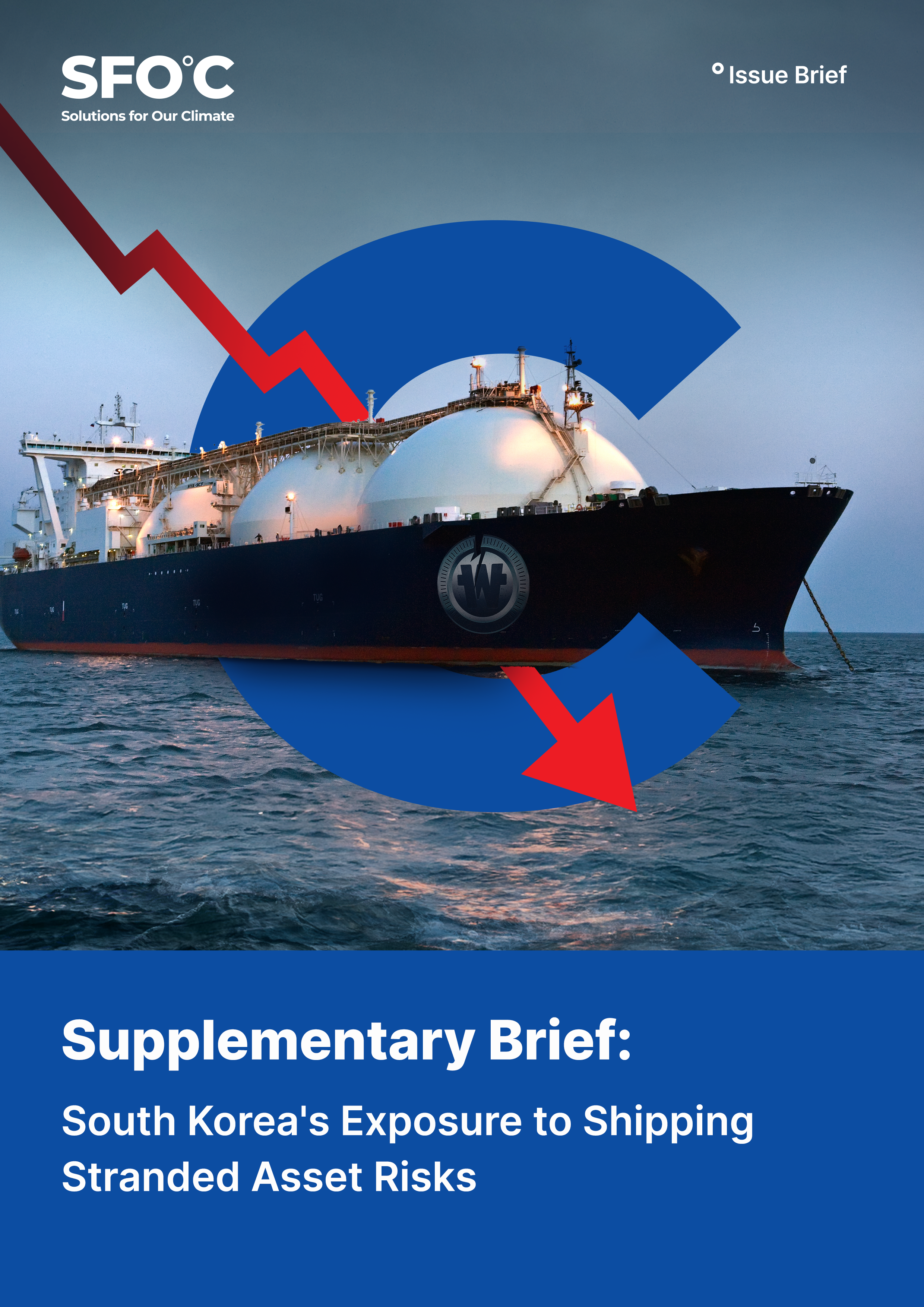

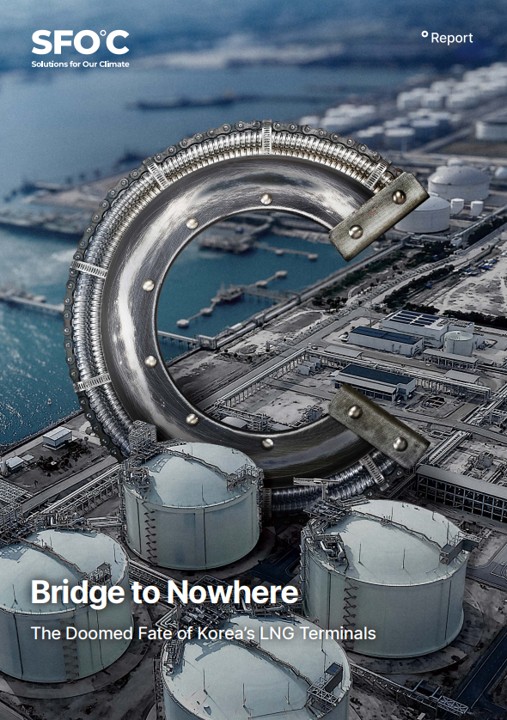

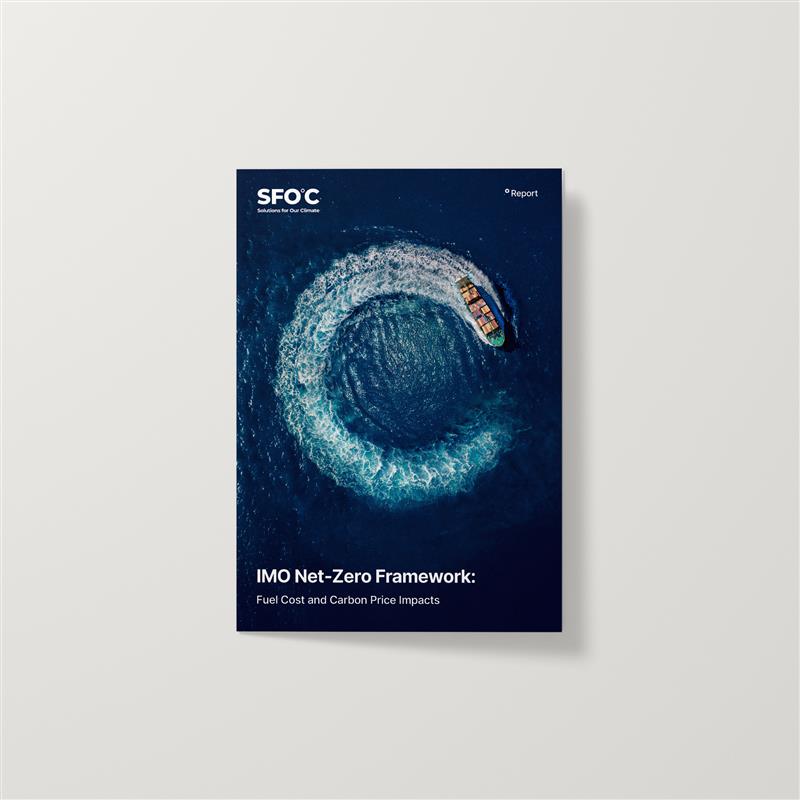













![[Brief] South Korea’s international public finance continues to block a just energy transition](https://content.sfoc.tapahalab.com/images/research/RC5Kime.jpg)
![[Report] Achieving Net Zero in International Shipping through Korea-US-Japan Green Shipping Corridor](https://content.sfoc.tapahalab.com/images/research/s11Jime.jpg)







![[토론회] 한국형 녹색분류체계(K-Taxonomy), 무엇이 녹색경제활동인가](https://content.sfoc.tapahalab.com/images/research/bn8jdme.jpg)
![[이슈 브리프] 탄소포집, 이용 및 저장기술(CCUS) 현황과 문제점](https://content.sfoc.tapahalab.com/images/research/SWESdme.jpg)





